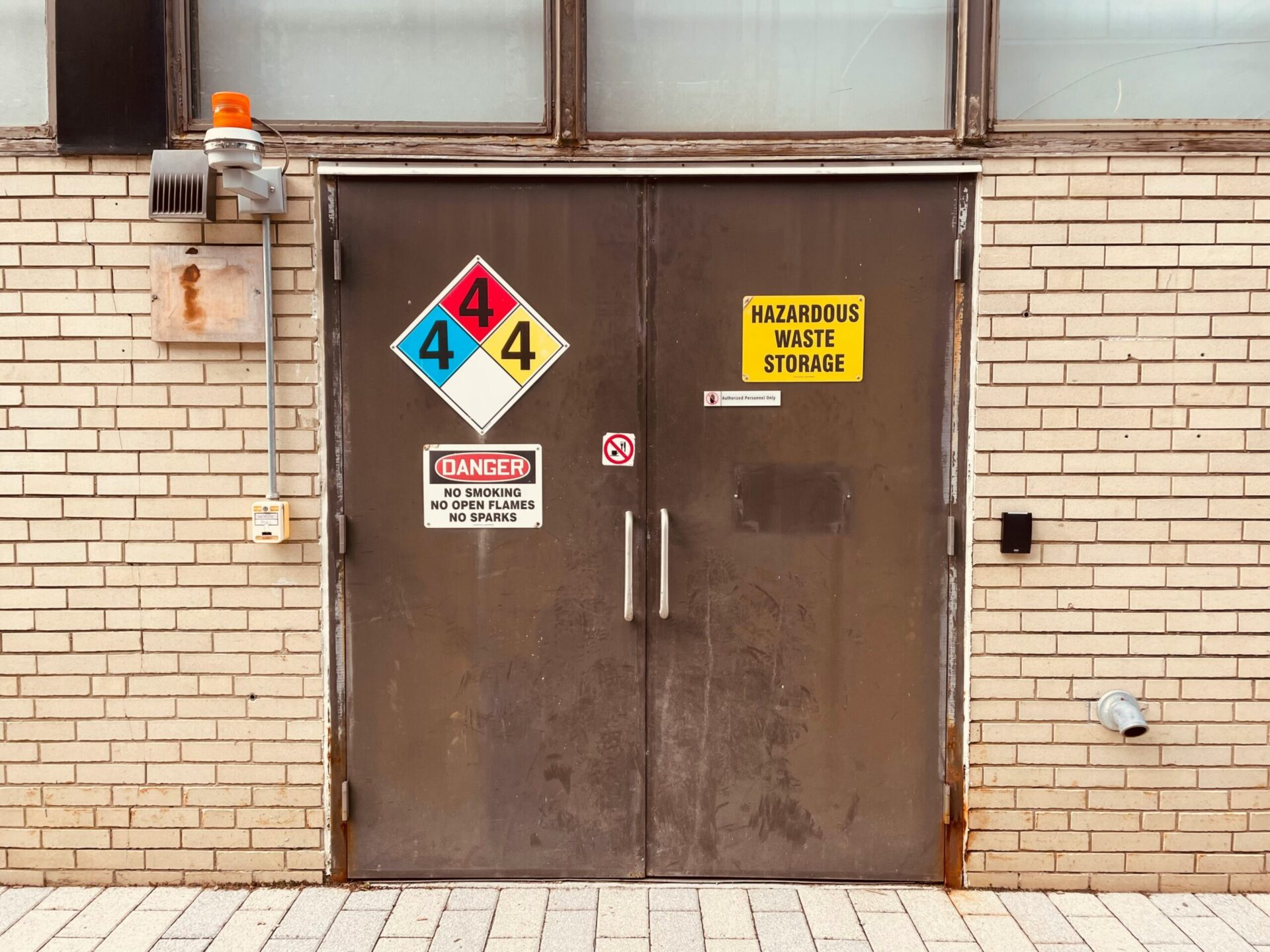Battery Recycling Guide
As an Amazon Associate, I earn from qualifying purchases.
In today’s world, where technology is an integral part of our lives, batteries power much of what we use daily, from smartphones to laptops and even electric vehicles. However, as these batteries reach the end of their lifespan, it’s essential to dispose of them properly to minimize environmental impact and ensure safety. In this guide, we’ll explore the importance of responsible battery disposal and provide you with practical steps to do so.
Why Proper Battery Disposal Matters
Batteries contain various chemicals and metals, including lead, mercury, cadmium, and lithium, which can be harmful to both human health and the environment if not disposed of correctly. When batteries end up in landfills, these toxic substances can leach into the soil and water, posing significant risks to wildlife and ecosystems.
Additionally, improper disposal methods, such as incineration, can release harmful pollutants into the air, contributing to air pollution and exacerbating climate change. By disposing of old batteries responsibly, we can reduce these environmental and health hazards and work towards a more sustainable future.
How to Dispose of Old Batteries Safely
Check Local Regulations: Before disposing of old batteries, familiarize yourself with local regulations regarding battery disposal. Different regions may have specific guidelines or recycling programs in place, so it’s essential to follow the rules in your area.
Separate Batteries by Type: Batteries come in various types, including alkaline, lithium-ion, nickel-cadmium, and lead-acid. Sort your old batteries by type to ensure they are recycled or disposed of properly. Some recycling facilities may accept certain types of batteries but not others.
Recycling Centers: Many communities have designated recycling centers or drop-off locations where you can safely dispose of old batteries. Check with your local waste management authority or visit Earth911.com to find recycling centers near you. Some retailers and electronics stores also offer battery recycling services.
Mail-In Programs: Several organizations and companies offer mail-in programs for battery recycling. They provide prepaid shipping labels or envelopes for you to send your old batteries for proper disposal or recycling. Research reputable programs and follow their instructions for sending in your batteries.
Dispose of Damaged Batteries Safely: If you have damaged or swollen batteries, handle them with care to avoid any leaks or spills of potentially hazardous chemicals. Place them in a sealable plastic bag or container and take them to a hazardous waste disposal facility for proper handling.
Consider Rechargeable Options: To minimize battery waste in the future, consider using rechargeable batteries whenever possible. Rechargeable batteries can be used multiple times before needing to be replaced, reducing the number of batteries that end up in landfills.
Properly disposing of old batteries is essential for protecting the environment and human health. By following the steps outlined in this guide, you can ensure that your old batteries are recycled or disposed of responsibly. Together, we can take small yet meaningful actions to create a more sustainable world for future generations.


